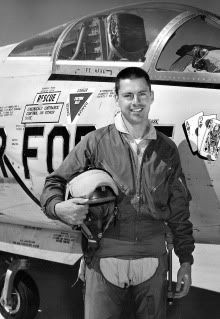HueyPilot
New Member
This was posted on another forum and no one was able to identify the flight jacket being worn. It doesn't look like any of the nylon/cloth flight jackets issued ater the A-2 was discontinued, and some were thinking it might have been a modified flight suit top. Sorry for the small size of the picture, but I copied it from the link posted by another member.
I posted this under the Cloth Section as it doesn't appear to have the somewhat shiny surface of my nylon flight jackets.
Would appreciate any help you guys can give.
HP.

I posted this under the Cloth Section as it doesn't appear to have the somewhat shiny surface of my nylon flight jackets.
Would appreciate any help you guys can give.
HP.






